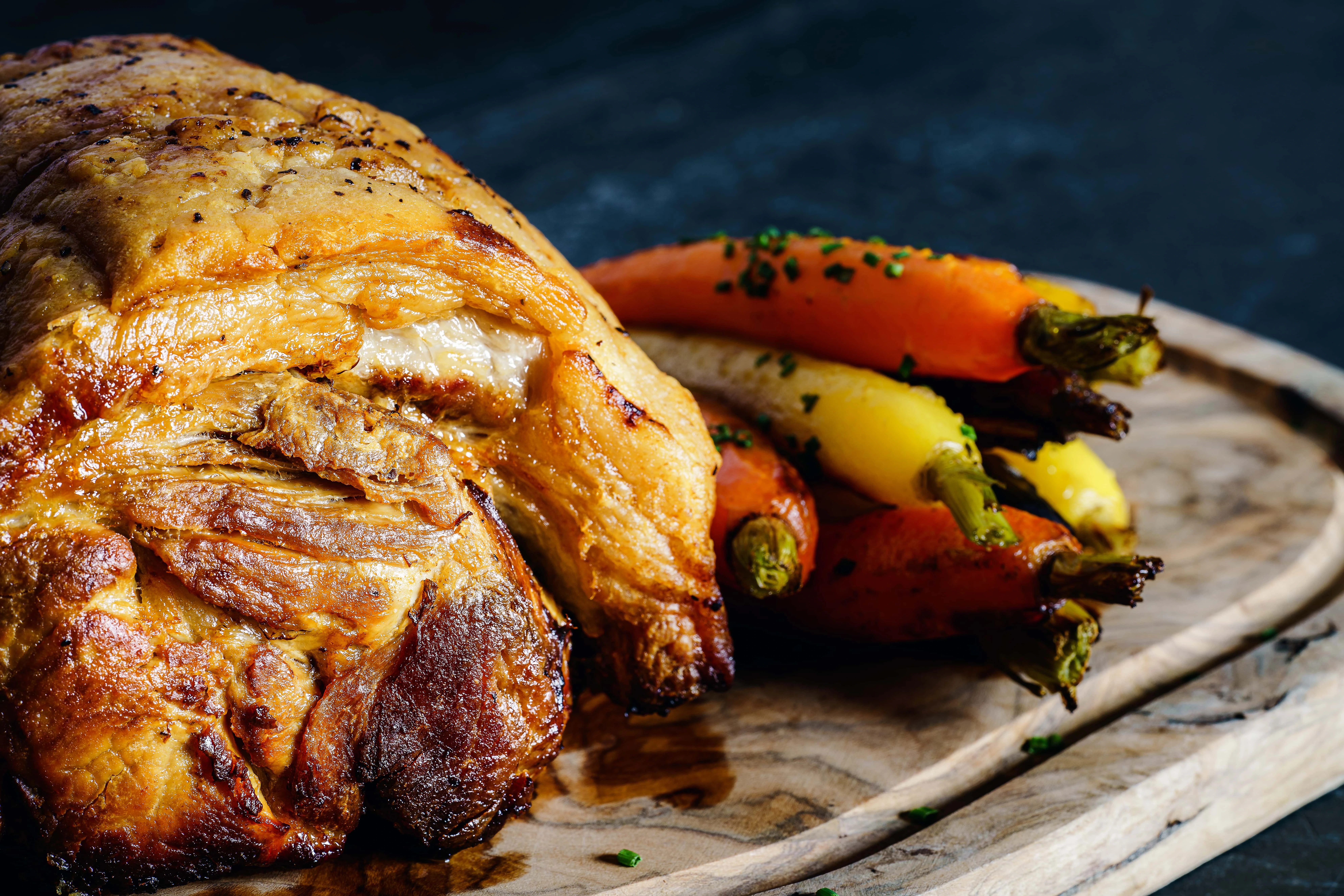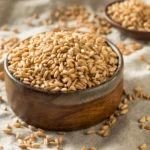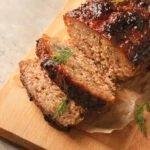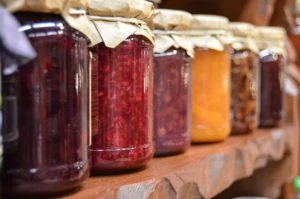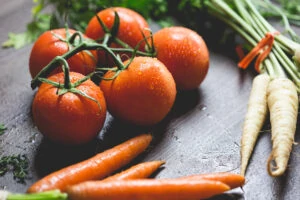If you’ve ever cooked home made soup, there’s a good chance you’ve used Bay Leaves.
What Are Bay Leaves?
Bay leaves are the leaves of the bay laurel plant, a slow-growing evergreen shrub that originated in Asia and is native to humid Mediterranean regions. Bay is used fresh or dried, as a whole or ground herb to add aroma and herbal flavor to slow-cooked foods like stews, soups, sauces, vegetables, and meats.
There are two main varieties of bay leaf.
- California Bay Leaves — The California bay is stronger than other bay leaves. They taste slightly minty, and are shaped long and skinny. If you buy fresh bay leaves in the U.S., they’re probably California bay leaves.
- Turkish Bay Leaves — This is the most common variety of bay leaf. It’s flavor is more subtle than the California bay leaf, and its shape is more short and fat. Most dried bay leaves sold in the U.S. are Turkish bay leaves.
- Indonesian Bay Leaf
- West Indian Bay Leaf
What Does Bay Leaf Taste Like?
Fresh bay leaves taste like a mix of oregano and thyme. Bay has a fresh flavor that is vibrant, sharp, and can have overwhelmingly bitter flavors.
Dried bay leaves don’t have the potency that fresh bay leaves do, and especially aren’t as bitter. Don’t use too many though — they can they still add an overwhelming herbal/floral bitter flavors to a dish if you go overboard or leave them to infuse for too long.
Cooking With Bay Leaves
The bay laurel tree grows slowly, and the leaves give their flavor in the same way. Add one or a few whole bay leaves to food early in the cooking process, and take them out when the flavor tastes mulled, smooth, and herby.
Add whole bay leaves to the liquids that your recipe calls for as soon as they’re hot. Leave the bay to infuse and mix with all the other flavors in your recipe for 20 minutes up to four hours.
Remove the leathery leaves from your dish before serving. You shouldn’t eat bay leaves whole.
Powdered bay leaf tastes the same as whole dried bay leaves. Many cooks use 1/8 to 1/4 teaspoon bay leaf powder instead of one bay leaf.
- 1 fresh bay leaf = 2 dried bay leaves
- 1 dried leaf = about 1/4 teaspoon powdered bay leaves
You can use fresh bay leaves if you’re looking for brighter, more intense, and more bitter flavors to balance out heavy foods like stews. Leave the fresh bay leaf to mull for less time than you would the dry leaf.
Cuisines that use bay leaves are mainly European and American.
The herb combines flavors of vegetables and other spices and other ingredients together.
- Greek — Hunkar begendi is an eggplant puree topped with saucy beef, and spiced with bay leaves, cinnamon, cloves, and black pepper
- Italian — The whole bay leaf add a deep flavor to many Italian dishes that include meat or fish. Steam the leaves in stews, soups, casseroles, and sauces (especially white cream sauces). Or, toss a bay leaf into pasta with olive oil and nearly any other herb while they cook for depth of flavor
- Latin American — Bay leaves are a delicious addition to black beans, added with other dried herbs to soaked beans. Cook for 1 1/2 hours and removed before serving
- Mediterranean — Add dried bay leaves to rice along with turmeric or fresh herbs, cooking everything together for about 25 minutes. Then take out the bay leaves and serve up. Here’s some more rice-sprucing-up tips using laurel leaves
- Turkish — I’ve heard of stuffed figs with bay leaves and other tea leaves and lemon and honey. Got to try!
Since the bay laurel tree is indigenous to Asia Minor, many bay leaves are also a common ingredient in meat and rice dishes, and especially in filipino dishes like pork menudo — a creamy, coconut Pinoy classic.
Caribbean cuisine has a place for bay leaves too, like Jamaican chicken curry, and classic Caribbean porridge.
Where to Buy Culinary Bay Leaves
Bay leaves are easily found in most grocery stores in the spice aisle. They’re typically sold in small, clear glass bottles a dozen or more at a time. Sometimes you’ll find fresh bay leaves in the produce department.
For the best quality, look for organic bay leaves without any dark spots. Most supermarkets sell at least one brand of bay leaves, including the Turkish variety and California bay leaves. And of course, you can also find them online.
How to Store Bay Leaves
Bay leaves loose their potency within six months, so buy just enough for your next two to four months of cooking and replenish when you’re out.
Store dry bay leaves in an tightly sealed or airtight container in a cool, dark spot like your spice cabinet. Powdered bay leaf should be stored the same way.
Make your own bay herbs by drying the fresh leaves in the microwave for a few 10-second increments, checking to see if they’re crunchy in between.
You can freeze fresh bay leaves in a ziplock in the freezer for up to three months.
Substitutes for Bay Leaves
The best substitutes for bay leaves are oregano and thyme. Substitute the same amount of fresh herbs for fresh leaves, and the same amount of dried herbs for dried bay leaves.
You can also skip the bay leaf. Though the leaves do a great job at combining flavor, you won’t hear your guests asking “where is that bay leaf flavor?”
Non-Culinary Uses for Bay Leaves
The laurel tree stands for victory and wisdom. The laurel leaf was historically associated with the god of poetry and music, Apollo. The term baccalaureat comes from the laurel tree too.
Use laurel leaves as a tea to care for your digestive tract. The essential oils in these aromatic leaves will leave your home smelling great and will soothe digestion.



